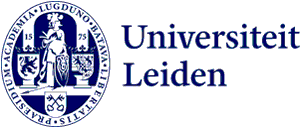
High media coverage of innovative research presenting a new method for recovering ancient human DNA
Since the publication of the article in the interdisciplinary journal Nature, over 200 news outlets have showcased the pioneering research.
A team of international experts led by archaeology professor Marie Soressi from Leiden University and geneticist Matthias Meyer from Max Planck Institute for Evolutionary Anthropology in Leipzig have recovered the ancient human DNA from a 20,000-year-old pendant discovered in Denisova Cave, Russia. According to the research, the item was likely created or worn by a female member of an Ancient North Eurasian population. The significance of this method lies in its ability to conduct a non-destructive human DNA extraction method from artefacts, opening up new avenues for interpreting genetics and culture in prehistoric archaeology.
The innovativeness of the research was recognized in its technological aspect and its implications in advancing our understanding of past populations. Thus the story of this research was covered by various international media, e.g., from Science and Technology Networks to ABC Ciencia, ABC Science Australia, APA-Science, Tagesspiegel and Reuters. Moreover, the article has already been mentioned on Twitter around 400 times. Everybody seems eager to learn more about the research and see what new discoveries will the future applications of this method unveil.
The findings were also covered in Dutch language media, with Dr Gerrit Dusseldorp speaking in the radio programmes Langs de lijn en omstreken and Nieuwsweekend.
Find more information about the research in the article published by Nature.
